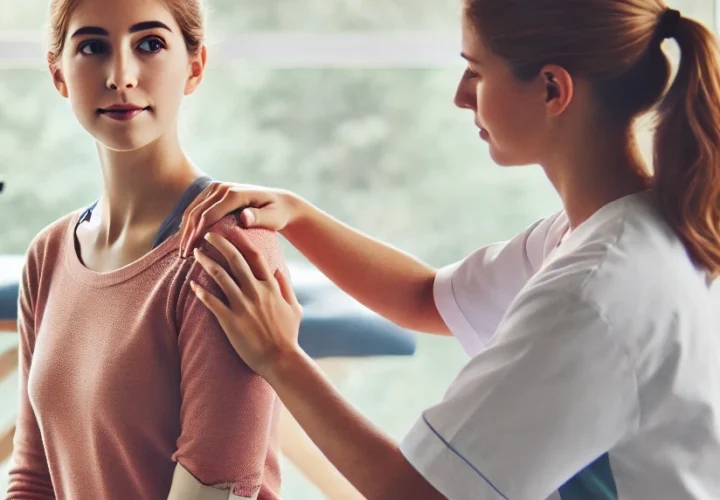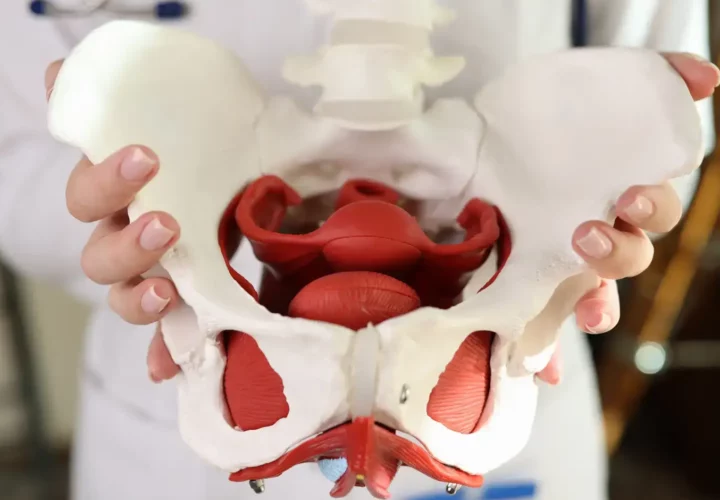As we progress further through COVID-19 together, one thing is becoming apparent: surviving is unfortunately not always thriving. It has become clear that damage to the heart and lungs, along with possible effects on some peripheral and cranial nerves, can be prevalent in up to 30% of non-hospitalized cases. This of course is on top of those released from hospitals, weak after long periods of bed rest with their own possible internal damage. So is there hope?
What We Know
While the extent that tissue will need to be able to heal and its capacity to do so remains unknown in these early stages, some basic principles of adaptive responses seem to provide significant hope for those left in limbo.
The body actually does not normally use all of the oxygen it takes into the lungs. As a matter of fact the vast majority of the oxygen you breathe in is expelled back out on the next breath. There are a lot of factors that come into play with this. But a significant portion actually has very little to do with the organs of the lungs and heart themselves, but with our blood cells!
Red Blood Cells
Red blood cells pass through our lungs at a particular rate and number, offloading carbon dioxide as they load new oxygen to distribute to the body. But once cells are saturated, they cannot take any more molecules of oxygen! This leaves a lot left unused. And that is what is breathed back out! However, we do know that when the body recognizes a need for oxygen and cells are not able to on-load as much is needed, more red blood cells can be produced! This helps increase the amount of oxygen taken on during a breath. This adaptation is actually very common in athletes training at high altitudes!
With this adaptation, we gain room to bring more oxygen to our body! Even if less of the lungs are able to do so!
The Heart
The heart itself, being a muscle, gives us a lot of positivity to look at! While muscle damage can certainly produce a decrease in the force of a contraction in the heart, cardiac muscle fibers, like skeletal muscle fibers, can actually increase its contraction force when loaded. This is a very normal response in athletes to cardiovascular exercise. This means that some of the slack left by damaged fibers may be able to be gained back by an increase in force production by those that remain!
Now, both of these responses are usually stimulated by exercise. So one hypothesis is that cardiac rehab may have a strong place in recovery from COVID-19!! While we are currently in a state of limbo regarding the evidence to what extent this is possible, the adaptation capability of the human body and the multiple redundant options to improve from this kind of damage may mean that strong futures are still possible for those who are recovering with the right kind of therapy!
About time for some good news regarding COVID-19, right? If you are in need of therapy, come see us at Hohman Rehab! We have two convenient locations here in Central Florida and are always welcoming new patients! To schedule, or learn more about us, please click here to be directed to our main page. Our staff is full of knowledge and would love to work with you!



